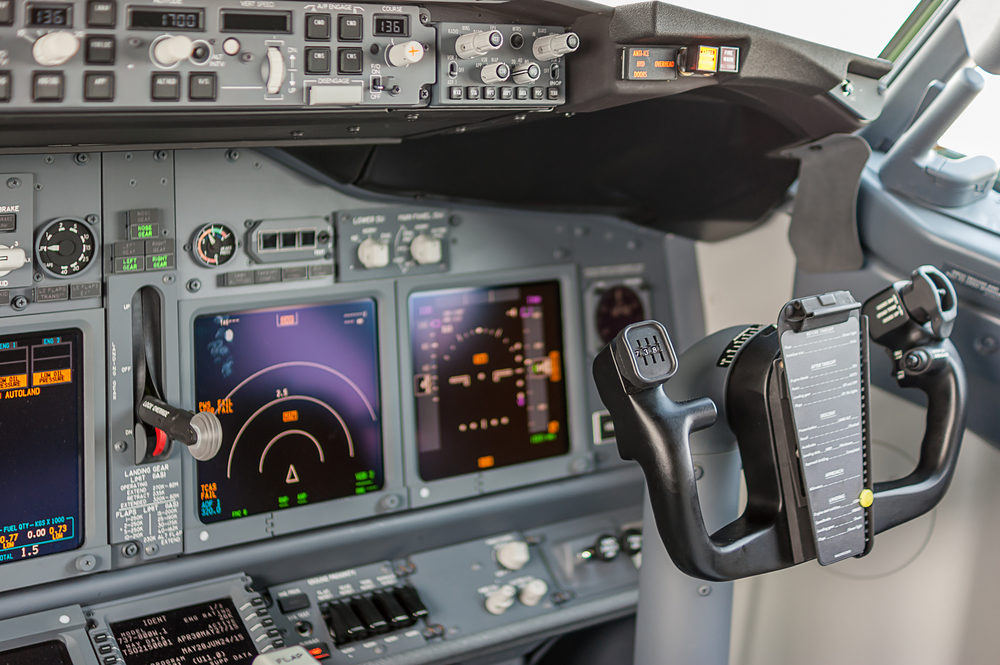Boeing 737 MAX Alarms And Warnings May Have Overwhelmed Pilots: NTSB Report

Federal regulators say the design of Boeing’s 737 MAX alert system may have overwhelmed pilots of two planes that crashed under eerily similar circumstances, killing more than 300 passengers and crew members.
The National Transportation Safety Board (NTSB) released a new report on September 19, making several recommendations for the aircraft manufacturer, about how pilots are trained to respond to auto-pilot systems and multiple alarms.
An investigation into problems with the Boeing 737 Max plane was launched by the NTSB after two fatal crashes occurred over the past year, each involving new aircraft that seemingly fell out of the sky shortly after take off.

Did You Know?
Millions of Philips CPAP Machines Recalled
Philips DreamStation, CPAP and BiPAP machines sold in recent years may pose a risk of cancer, lung damage and other injuries.
Learn MoreThe first Boeing 737 crash occurred on October 29, 2018, when Lion Air Flight 610 went down after departing from Jakarta, Indonesia airport, killing all 189 passengers and crew. The plane was destined for Pangkal Pinang, but crashed into the Java Sea approximately 20 minutes into the flight, around 6:30 a.m..
Investigators determined that the pilots struggled for 11 minutes to keep the plane in the air, likely due to a problem with the plane’s Angle of Attack sensor, which kept telling an automated system that the pilots were unable to shut off that the nose should be pointed down.
A second crash occurred just months later, when another Boeing 737 Max plane crashed just minutes into its flight on March 10, killing all 157 passengers and crew on board Ethiopian Airline Flight 302. The entire 737 Max fleet was grounded shortly afterwards and has remained so worldwide.
Both crashes were initially attributed to the aircrafts’ angle of attack system, which is the attitude of the wings in relation to airflow. When air flows over the wings at the correct angle, you get lift, which is what makes a plane fly. If the air is not flowing over the wings properly, the plane can stall, which occurs when it loses lift and begins to fall out of the sky.
“We saw in these two accidents that the crews did not react in the ways Boeing and the FAA assumed they would,” NTSB Chairman Robert Sumwalt said in a September 26 press release. “Those assumptions were used in the design of the airplane and we have found a gap between the assumptions used to certify the MAX and the real-world experiences of these crews, where pilots were faced with multiple alarms and alerts at the same time.”
The NTSB report indicates that the planes are equipped with “stick shaker” function, which rattles a cockpit’s control columns, in addition to other lights flashing and alert sounds. The investigators concluded that it would be extremely difficult for a pilot to prioritize which emergency alert to respond to first, while multiple and cascading error messages chimed and rattled the cockpit.
Investigators from the NTSB have made seven recommendations after reviewing the events that led up to the Indonesia and Ethiopia crashes, which the agency claims were caused by the design flaws that took the plane into deep dives that pilots were not properly trained on how to correct.
The recommendations call for Boeing to reevaluate the aircraft alert systems and make them more clear and precise. This would help to inform pilots of the highest priority actions when multiple flight deck alerts and indications are present, minimize confusion, and help pilots respond most effectively.
The NTSB also suggested the Federal Aviation Administration require Boeing to create a rigorous analysis of how the current warning systems sounding simultaneously may overwhelm pilots. Dana Schulze, director of the NTSB’s Office of Aviation Safety, stated by doing this type of testing, the human aspect can be considered when designing alert systems.
Earlier this year in May, Boeing released a statement suggesting the company may have withheld important safety information about the Boeing 737 Max for more than a year, involving potential problems with AOA sensors responsible for the crashes and deaths of 346 people.
The release by Boeing acknowledged the company had learned about discrepancies between two Angle of Attack (AOA) sensors in its 737 MAX passenger jets in 2017. However, it did not inform the U.S. Federal Aviation Administration (FAA) until November 2018, after the crash of a Lion Air flight out of Indonesia.
Since the Boeing 737 Max crashes, the U.S. Department of Transportation and the Federal Bureau of Investigation have launched a criminal probe into the certification of the Boeing 737 MAX jet, in addition to the National Transportation Safety Board and French investigations.
Boeing has also faced numerous wrongful death lawsuits from family members of those who died in the two accidents.
Get more articles like this sent directly to your inbox.
"*" indicates required fields




0 Comments